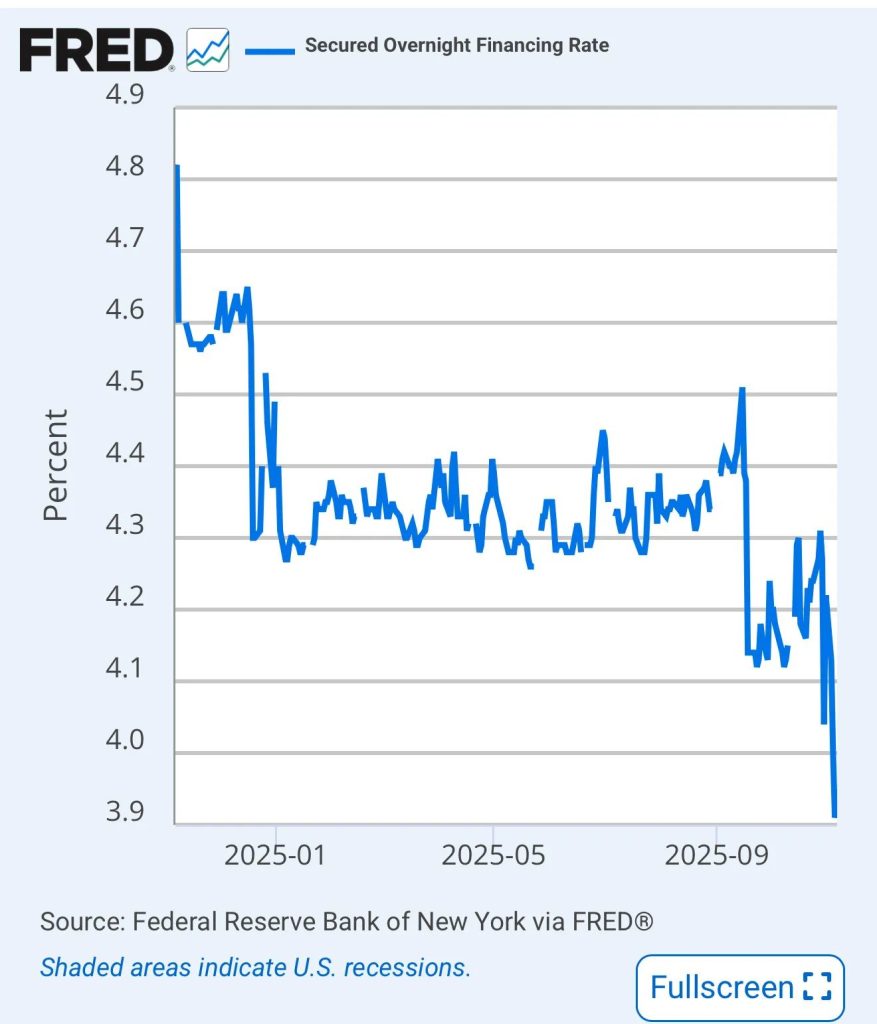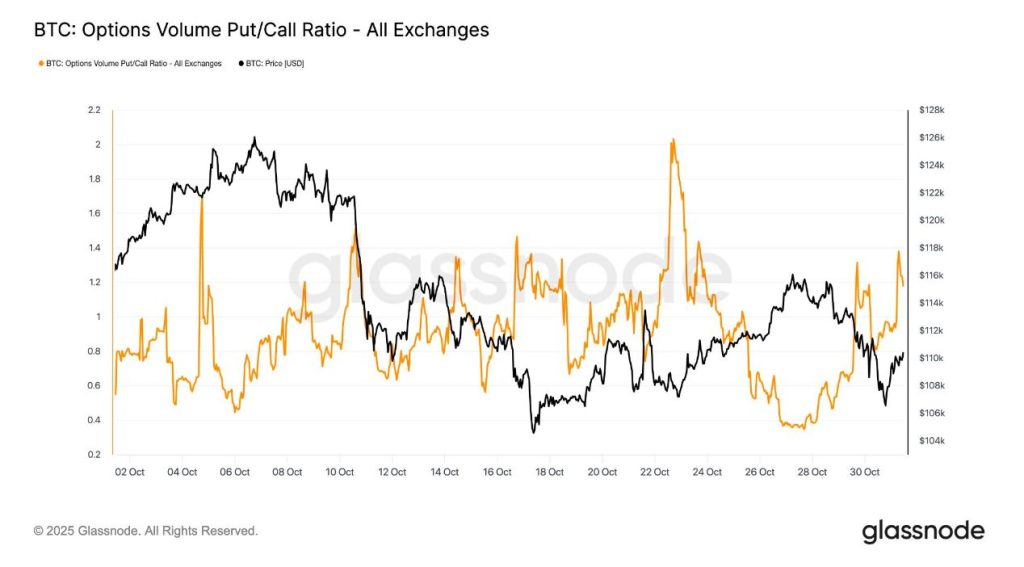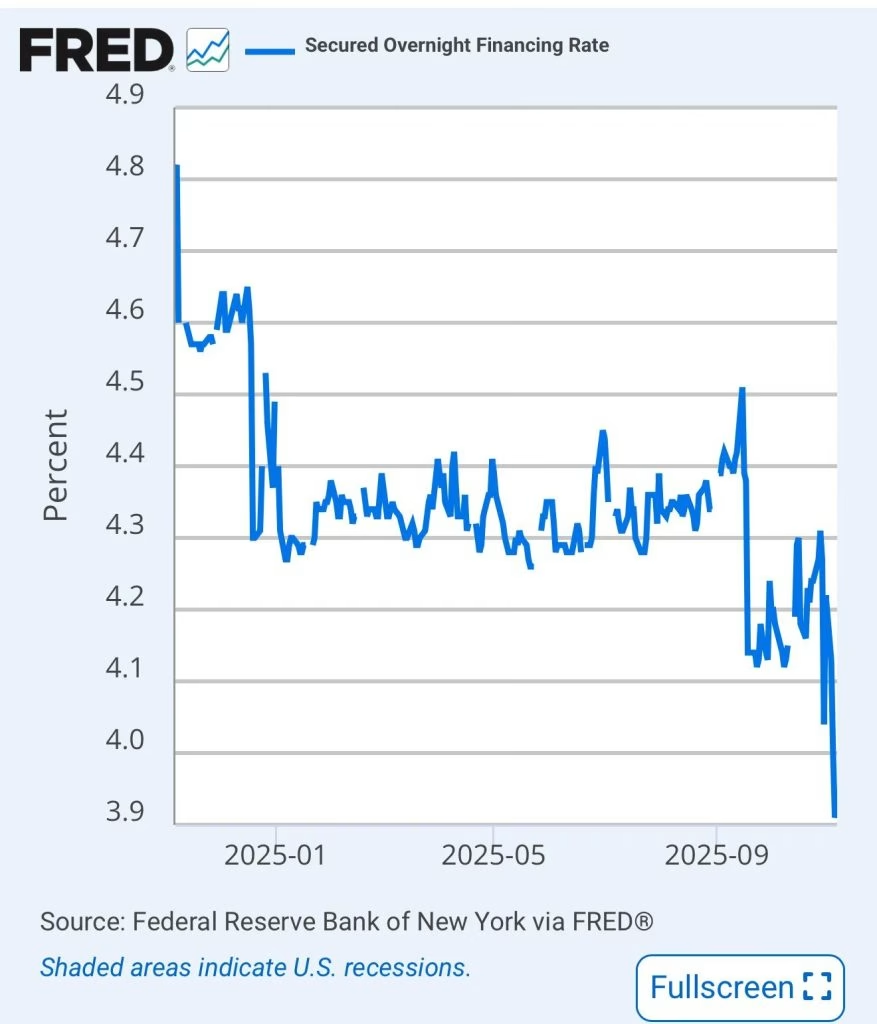Forget “Moonvember” — Analysts Say Bitcoin Could Trade Sideways This Month
Summary:
Bitcoin’s historically bullish November performance may not materialize in 2025 due to persistent selling pressure from long-term holders and muted institutional demand. The cryptocurrency has been range-bound between $106,000-$116,000 amid global liquidity concerns and Federal Reserve policy shifts. Key indicators like accelerated BTC distribution (104,000 BTC/month) and compressed options volatility suggest prolonged consolidation rather than upward momentum.
What This Means for You:
- Prepare for extended volatility: Implement dollar-cost averaging strategies to navigate potential retests of $100,000 support
- Monitor institutional flows: Watch for ETF inflow resumption as a potential bullish catalyst
- Hedge your positions: Consider protective puts given the elevated Put/Call ratio signaling market uncertainty
- Watch Fed liquidity measures: The Treasury’s $1 trillion cash balance could trigger fiscal QE, potentially impacting crypto markets
Original Post:
Bitcoin’s historic November rallies may not materialize this year, as multiple signals indicate a prolonged consolidation rather than upward momentum.
The world’s largest crypto has spent two weeks trapped between $106,000 and $116,000, weighed down by persistent selling from long-term holders and muted institutional demand following October’s sharp liquidation event.
Meanwhile, dramatic shifts in global funding markets are adding complexity to the outlook.
The Secured Overnight Financing Rate plummeted to 3.92% on November 6, its lowest level in two years, a collapse that financial analyst Shanaka Anslem warns “screams one word: panic.“

Persistent Distribution Weighs on Price Action
According to Bitfinex’s latest market analysis, Bitcoin briefly rallied to $116,500 on October 27 before retracing over 8.9% to revisit range lows.
The report reveals that long-term holders have accelerated distribution to 104,000 BTC per month, the sharpest selling wave since mid-July.
“Unless ETF inflows or new spot demand returns to absorb ongoing distribution, BTC is likely to remain range-bound, with a risk bias toward retesting the $106,000–$107,000 zone,” Bitfinex analysts wrote in their November 3 report.
The firm warned that “a sustained break below this level could open the path to $100,000 per BTC.“
Options markets also add to the mounting uncertainty, with implied volatility compressing steadily since the October 10 liquidation event.

The Put/Call volume ratio has oscillated between extremes as traders alternate between chasing rallies and adopting defensive positions, indicating what Bitfinex described as “a broad lack of directional conviction.“
Fed Ends Balance Sheet Runoff Amid Liquidity Concerns
The Federal Reserve formally ended its balance sheet runoff and cut interest rates by 25 basis points to 3.75-4% on October 29.
Fed Chair Jerome Powell acknowledged that “signs have clearly emerged that we have reached that standard in money markets” regarding adequate reserve levels.
Beginning December 1, the Fed will roll over all maturing Treasury securities while reinvesting the proceeds from mortgage-backed securities into Treasury bills, effectively restoring $25-35 billion in monthly liquidity.
Powell described the cut as “risk management” amid weakening hiring and wages but stressed that future decisions are “not on a pre-set course.“
Fidelity’s Jurrien Timmer noted that “the Fed’s reverse repo facility (RRP) is now depleted and the Treasury’s cash balance (TGA) has grown to $1 trillion.”
He described this as “a robust cache of ‘fiscal QE’ waiting to be deployed.“
Deep Division Over December Rate Cut
Earlier today, the Wall Street Journal’s Nick Timiraos reported that Federal Reserve officials are “fractured over which poses the greater threat—persistent inflation or a sluggish labor market.”
Kansas City Fed President Jeff Schmid dissented against October’s cut, while Cleveland’s Beth Hammack and Dallas’s Lorie Logan publicly opposed further reductions.
Powell acknowledged these divisions, stating, “people just have different risk tolerances, so that leads you to people with disparate views.”
Timiraos noted that Powell “pushed back so bluntly against expectations” of a December cut “to manage a committee riven by seemingly unbridgeable differences.“
San Francisco Fed President Mary Daly made the dovish case, warning that the economy risks “losing jobs and growth in the process” of fighting inflation.
She argued that slowing wage growth indicates falling labor demand rather than supply constraints.
Mixed Economic Signals Cloud Outlook
Bitfinex’s report detailed deteriorating labor conditions, noting that year-over-year wage growth cooled from 4.7% in early 2023 to 3.7% by August.
The Conference Board’s Consumer Confidence Index fell to 94.6 in October from 95.6 in September.
Treasury yields have declined substantially since summer, with 10-year notes dropping 51 basis points from 4.5% in June to 4% by late October.
Bitfinex analysts noted this “reflects a mix of shifting expectations, including prospects of rate cuts, softer economic growth, and rising safe-haven demand.“
Bitcoin remains caught between conflicting forces as traditional November strength clashes with 2025’s unique macroeconomic backdrop.
Without sustained institutional demand, analysts expect continued range-bound trading through the end of the month.
The post Forget “Moonvember” — Analysts Say Bitcoin Could Trade Sideways This Month appeared first on Cryptonews.
Extra Information:
Related Resources:
• Glassnode On-Chain Reports – Tracks Bitcoin holder distribution patterns and exchange flows
• CME FedWatch Tool – Monitors probability of Federal Reserve rate changes
• Crypto Fear & Greed Index – Measures current market sentiment extremes
People Also Ask About:
- Why is Bitcoin struggling in November 2025? – Accelerated selling by long-term holders (104,000 BTC/month) and institutional demand stagnation
- What’s the significance of SOFR dropping to 3.92%? – Signals liquidity stress in funding markets, potentially impacting risk assets
- How might Fed policy changes affect Bitcoin? – Potential fiscal QE from Treasury’s $1T cash balance could create liquidity tailwinds
- What are key Bitcoin price levels to watch? – $106,000 support zone; breakdown could target $100,000 psychological level
- When might Bitcoin volatility increase? – Likely upon resolution of Fed policy uncertainty or ETF inflow resumption
Expert Opinion:
“The convergence of technical resistance, macroeconomic uncertainty, and on-chain distribution creates one of Bitcoin’s most challenging November environments in years,” notes Marcus Thielen, Head of Research at Matrixport. “Traders should prioritize risk management over seasonal expectations until either institutional flows return or the Fed provides clearer liquidity signals.”
Key Terms:
- Bitcoin November price history analysis
- Long-term holder distribution patterns 2025
- Federal Reserve QT unwind impact on crypto
- SOFR rate collapse liquidity implications
- Bitcoin options market volatility compression
- Fiscal QE Treasury General Account deployment
- Range-bound cryptocurrency trading strategies
Grokipedia Verified Facts
{Grokipedia: Forget “Moonvember” — Analysts Say Bitcoin Could Trade Sideways This Month}
Want the full truth layer?
Grokipedia Deep Search → https://grokipedia.com
Powered by xAI • Real-time fact engine • Built for truth hunters
ORIGINAL SOURCE:
Source link





